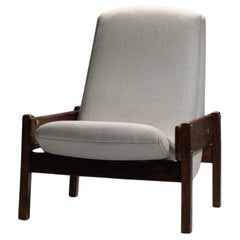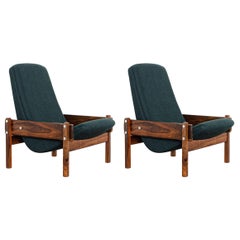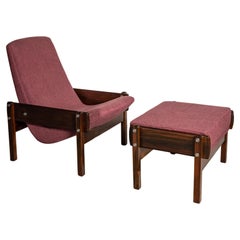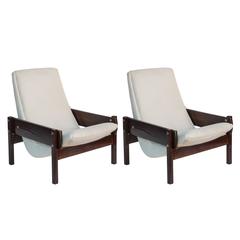Rodrigues Vronka
Vintage 1960s Brazilian Mid-Century Modern Lounge Chairs
Metal
Mid-20th Century South American Mid-Century Modern Armchairs
Wood
Recent Sales
Mid-20th Century Brazilian Armchairs
Jacaranda
Vintage 1960s Brazilian Mid-Century Modern Armchairs
Jacaranda, Upholstery
Vintage 1960s Brazilian Modern Lounge Chairs
Steel
Vintage 1960s Brazilian Mid-Century Modern Lounge Chairs
Upholstery, Rosewood
Vintage 1960s Brazilian Lounge Chairs
Jacaranda
Mid-20th Century South American Mid-Century Modern Armchairs
Wood
Vintage 1960s Brazilian Mid-Century Modern Armchairs
Leather, Wood, Plywood
Vintage 1960s Brazilian Lounge Chairs
Vintage 1960s Brazilian Furniture
21st Century and Contemporary Brazilian Armchairs
Vintage 1950s Brazilian Armchairs
Jacaranda
Vintage 1960s Brazilian Mid-Century Modern Lounge Chairs
Chrome
People Also Browsed
Vintage 1950s Italian Mid-Century Modern Armchairs
Brass
2010s Belgian Minimalist Coffee and Cocktail Tables
Cement, Limestone
Mid-20th Century Scandinavian Modern Lounge Chairs
Mohair
Vintage 1970s Brazilian Mid-Century Modern Ottomans and Poufs
Leather, Mahogany
2010s American Modern Stools
Sheepskin, Wood, Oak
Mid-20th Century Italian Mid-Century Modern Platters and Serveware
Metal, Brass
21st Century and Contemporary French Mid-Century Modern Night Stands
Wood
20th Century Pottery
Clay
Vintage 1970s Italian Post-Modern Bedroom Sets
Leather, Wood, Lacquer
Vintage 1950s Indian Mid-Century Modern Chairs
Cane, Teak
Vintage 1960s American Mid-Century Modern Sofas
Fabric, Walnut
Vintage 1960s French Mid-Century Modern Shelves
Elm
Vintage 1970s American Brutalist Cabinets
Composition
Mid-20th Century Indian Mid-Century Modern Dining Room Chairs
Leather, Teak
Vintage 1950s French Mid-Century Modern Daybeds
Elm
Vintage 1950s Swedish Scandinavian Modern Floor Lamps
Metal, Steel, Brass
Rodrigues Vronka For Sale on 1stDibs
How Much is a Rodrigues Vronka?
Finding the Right Lounge-chairs for You
While this specific seating is known to all for its comfort and familiar form, the history of how your favorite antique or vintage lounge chair came to be is slightly more ambiguous.
Although there are rare armchairs dating back as far as the 17th century, some believe that the origins of the first official “lounge chair” are tied to Hungarian modernist designer-architect Marcel Breuer. Sure, Breuer wasn’t exactly reinventing the wheel when he introduced the Wassily lounge chair in 1925, but his seat was indeed revolutionary for its integration of bent tubular steel.
Officially, a lounge chair is simply defined as a “comfortable armchair,” which allows for the shape and material of the furnishings to be extremely diverse. Whether or not chaise longues make the cut for this category is a matter of frequent debate.
The Eames lounge chair, on the other hand, has come to define somewhat of a universal perception of what a lounge chair can be. Introduced in 1956, the Eames lounger (and its partner in cozy, the ottoman) quickly became staples in television shows, prestigious office buildings and sumptuous living rooms. Venerable American mid-century modern designers Charles and Ray Eames intended for it to be the peak of luxury, which they knew meant taking furniture to the next level of style and comfort. Their chair inspired many modern interpretations of the lounge — as well as numerous copies.
On 1stDibs, find a broad range of unique lounge chairs that includes everything from antique Victorian-era seating to vintage mid-century modern lounge chairs by craftspersons such as Hans Wegner to contemporary choices from today’s innovative designers.



